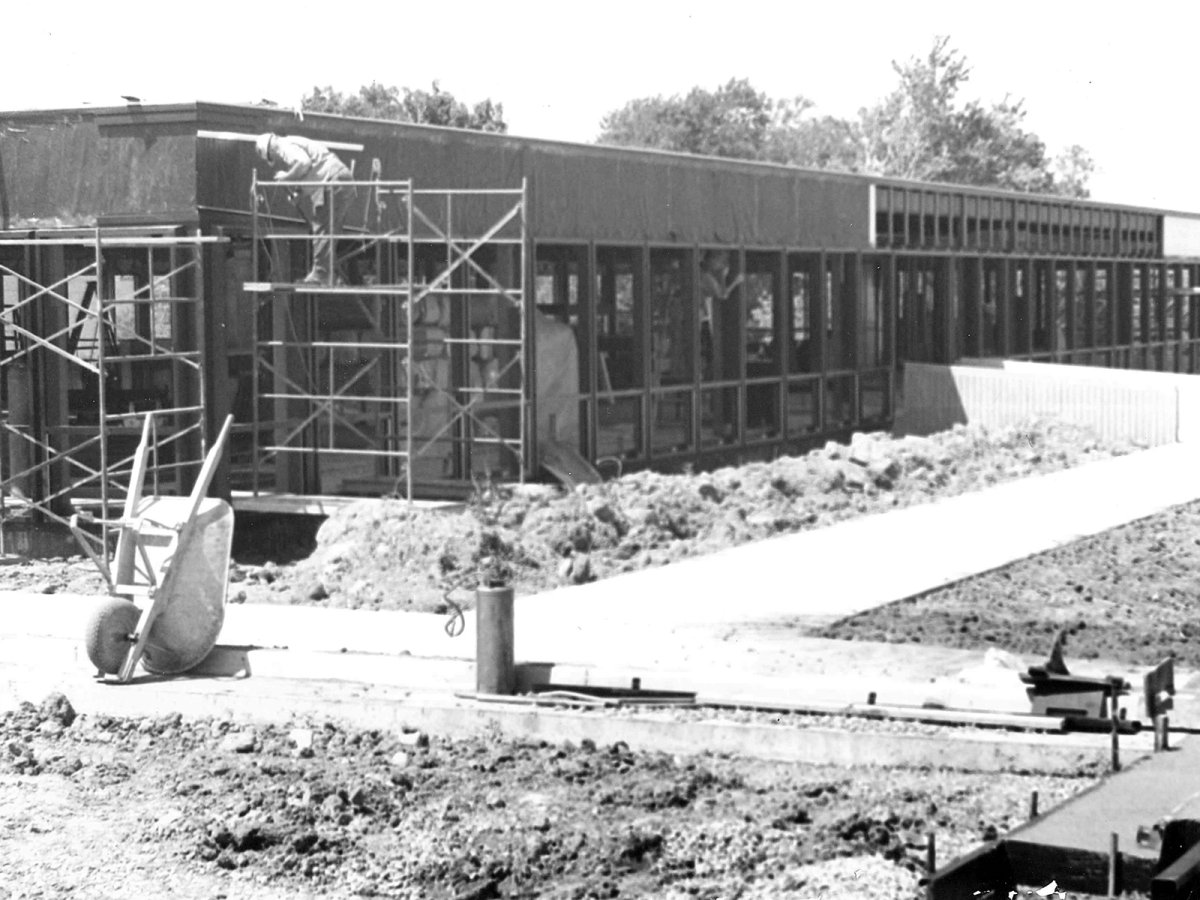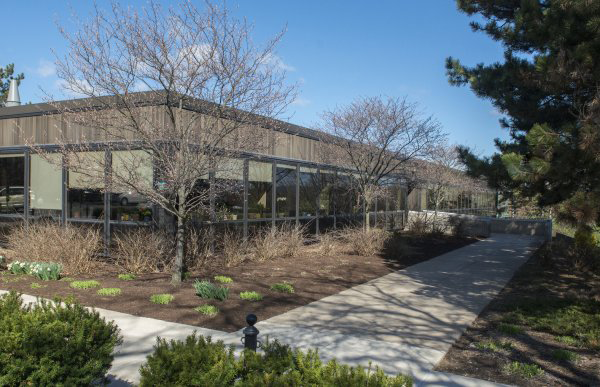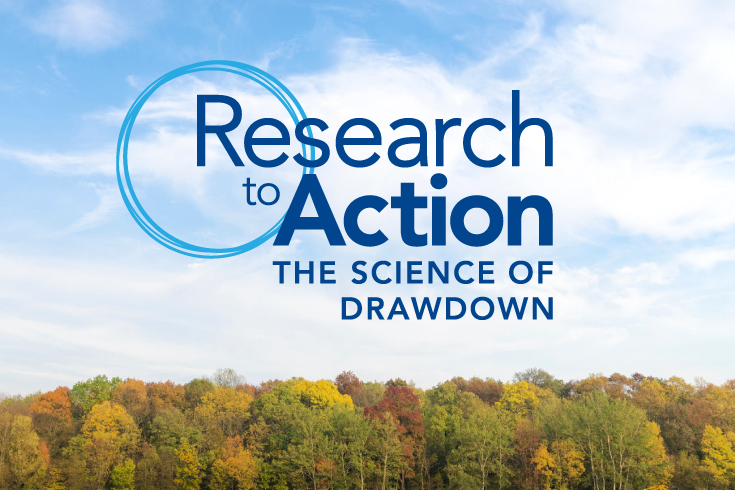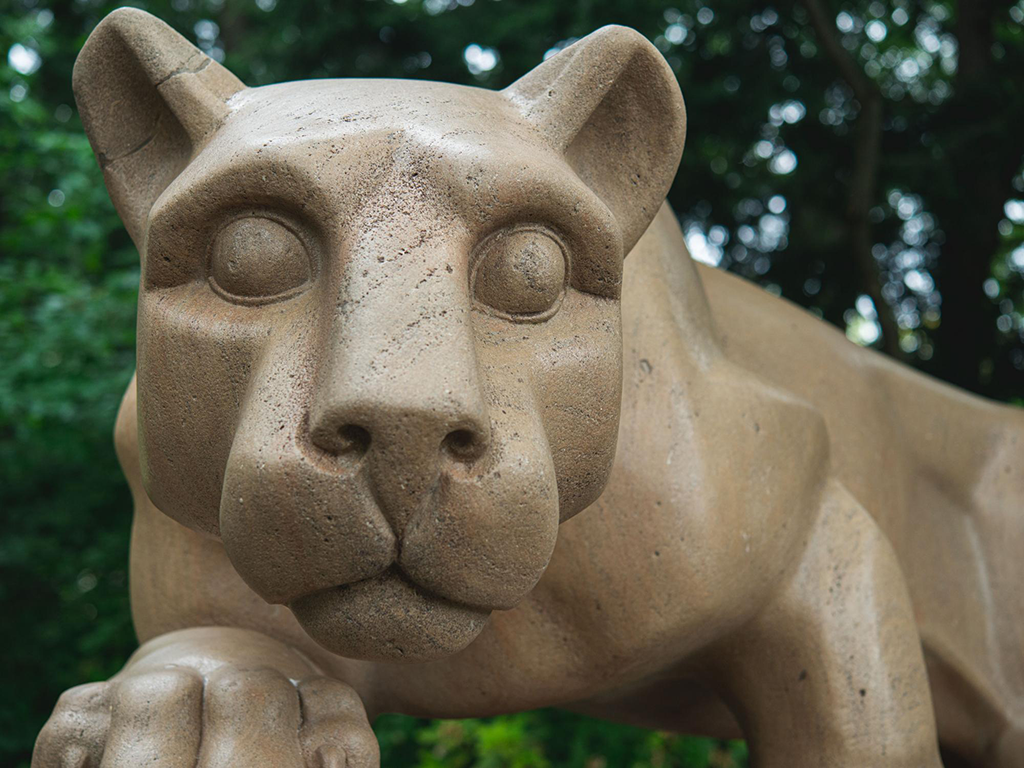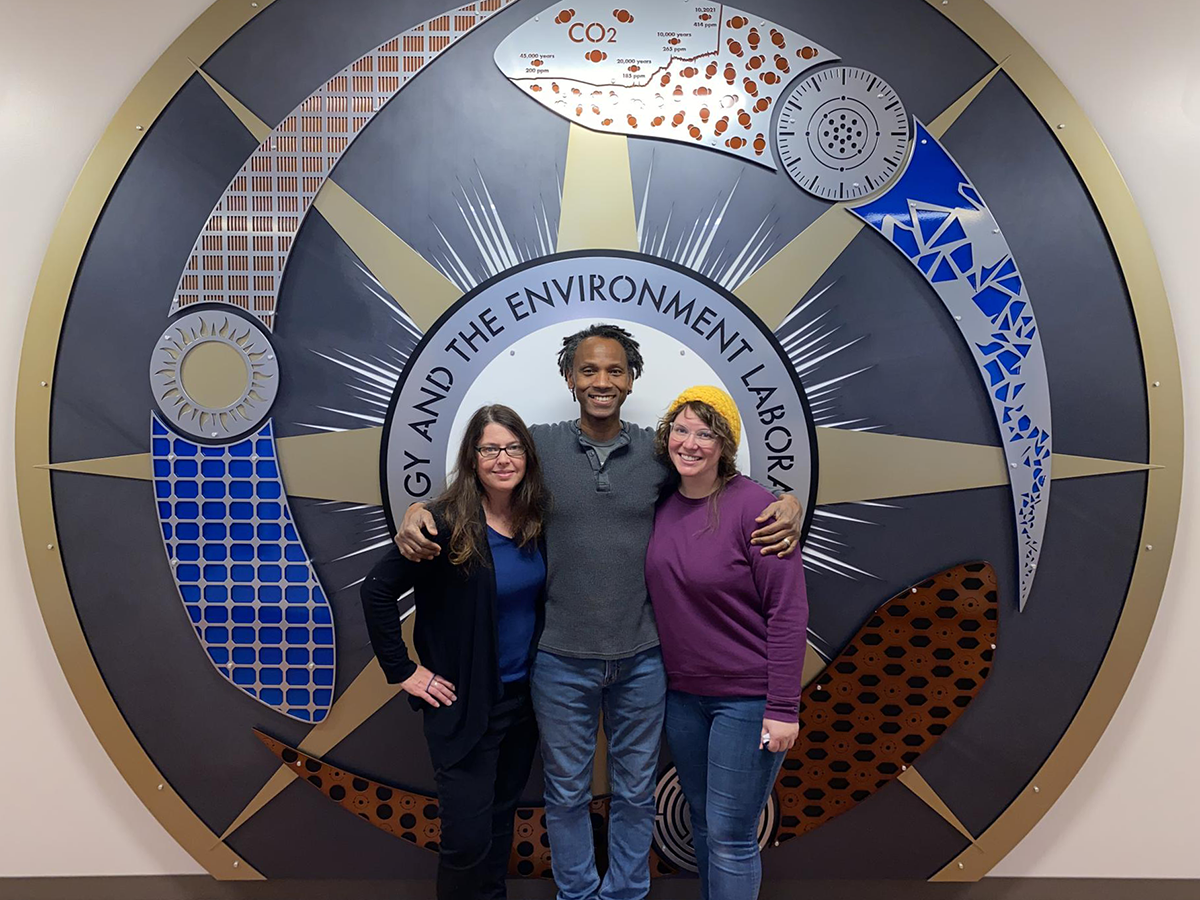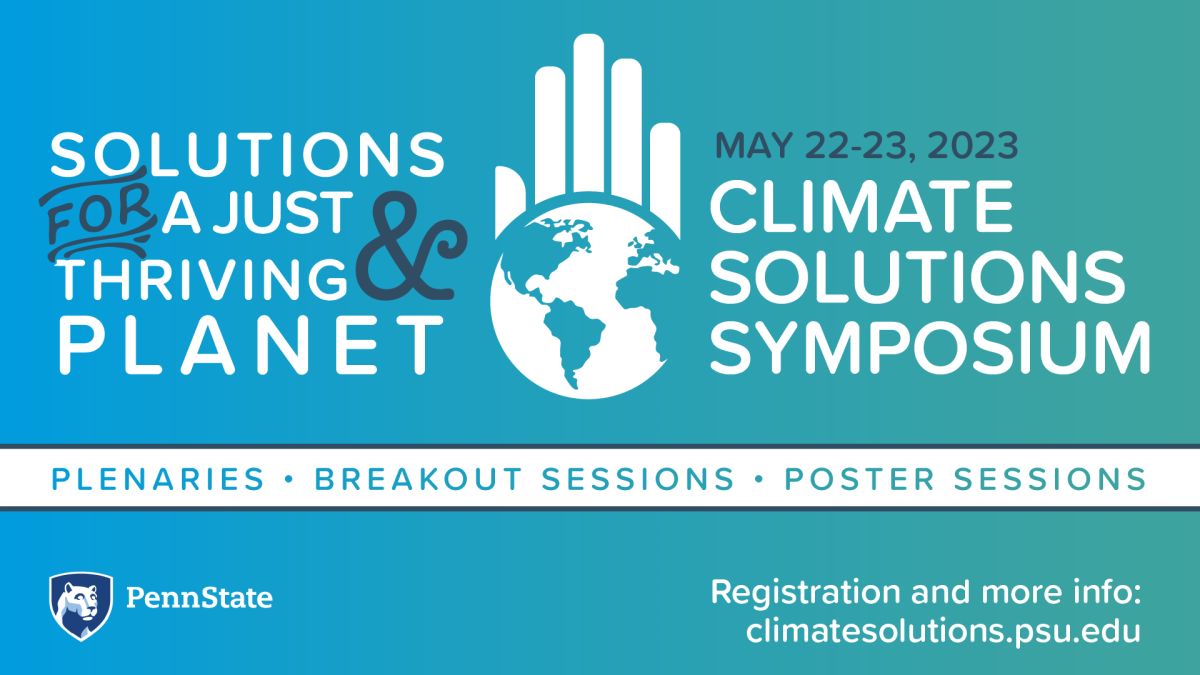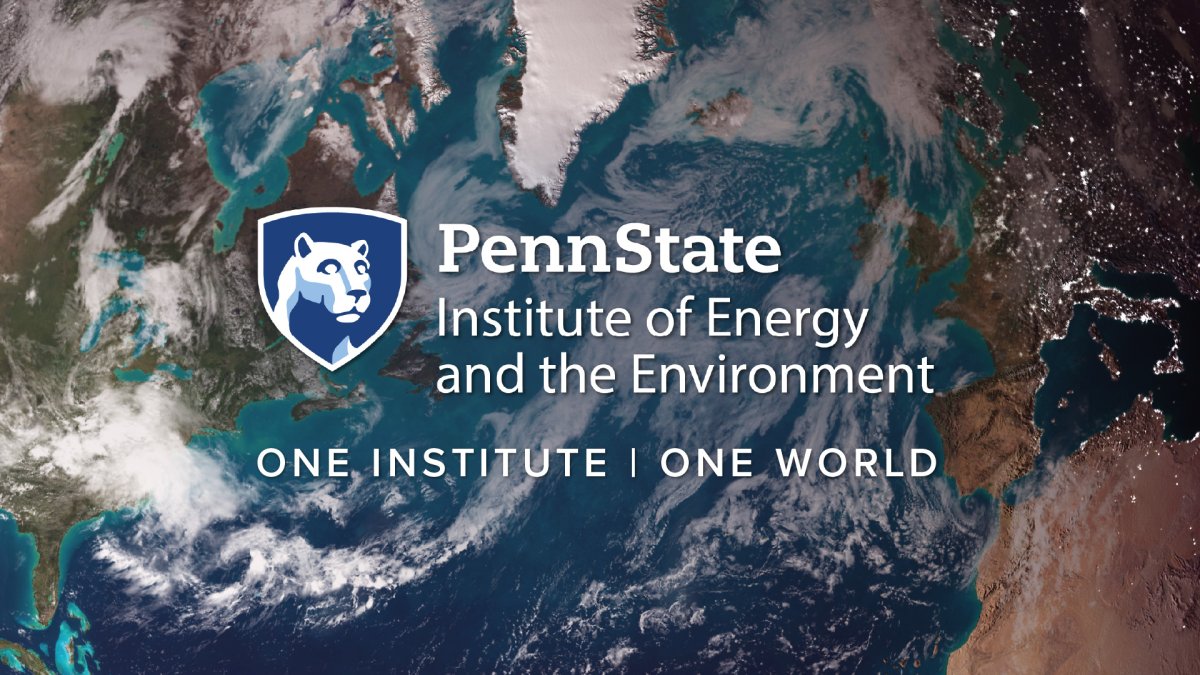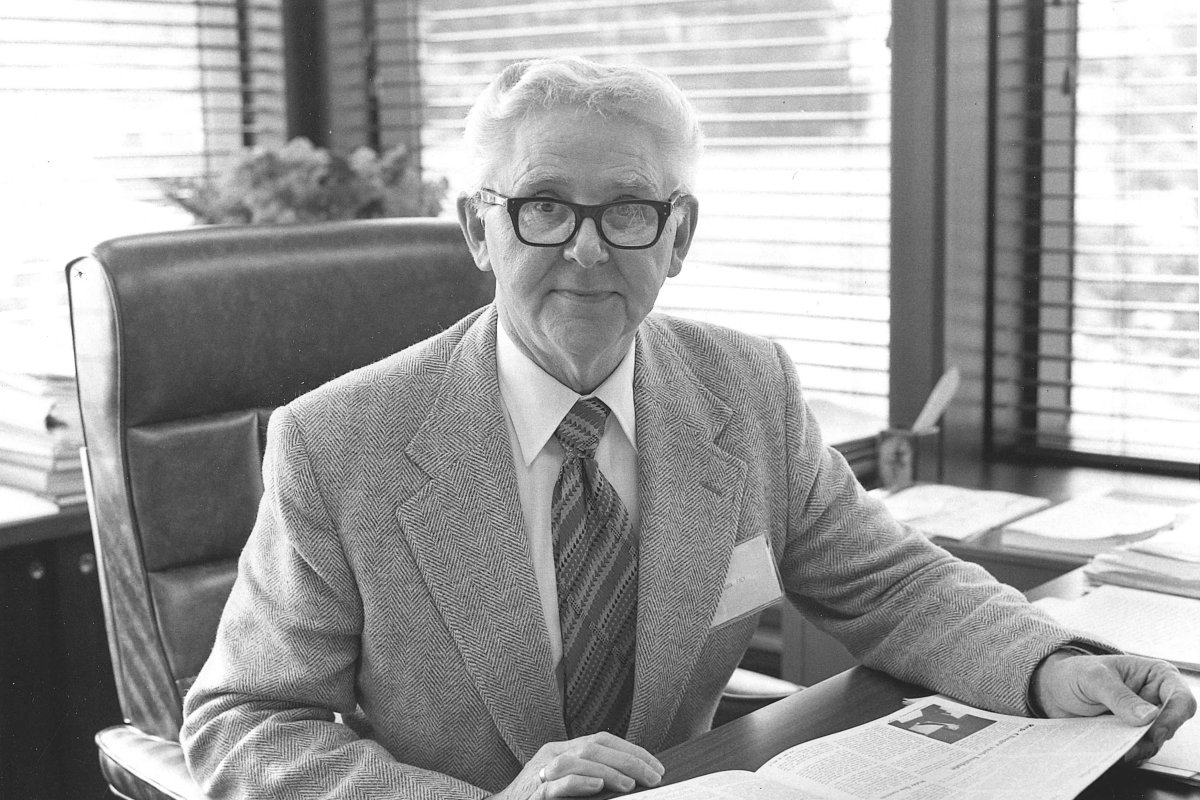
The Institute for Research on Land and Water Resources was an early effort that “served as a point of contact for agencies, organizations and individuals seeking assistance from the University and provided an institutional framework for the conduct of intercollege research programs.” It started with 31 affiliated faculty and staff.
John Frey was the inaugural director.



